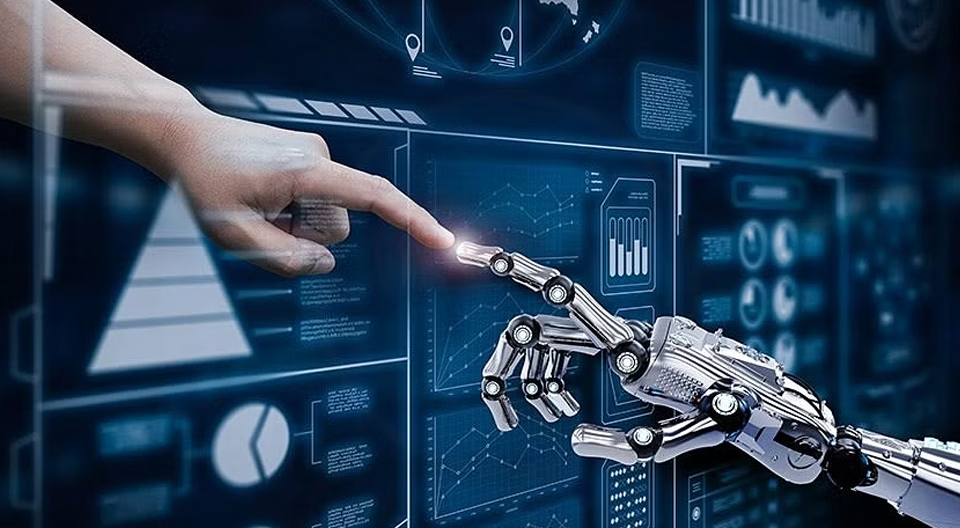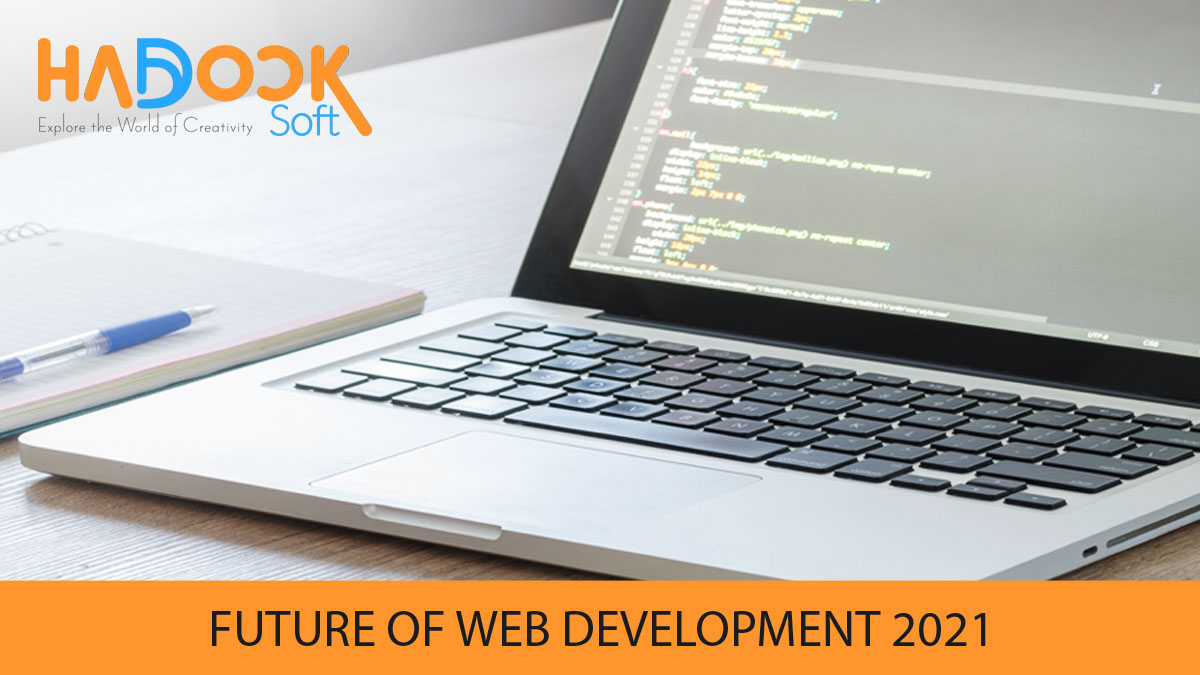Introduction
The realm of technology is continually evolving, and in recent years, Artificial Intelligence (AI) and Machine Learning (ML) have emerged as major catalysts for this transformation. As we stand at the crossroads of technological innovation, it’s imperative to examine the role that AI and ML play in shaping the future of technology.
Defining AI and ML
1. What is Artificial Intelligence (AI)?

AI is a field of computer science that aims to create intelligent machines capable of performing tasks that typically require human intelligence. These tasks include problem-solving, speech recognition, learning, and decision-making. AI systems often rely on algorithms and data to make decisions.
2. Understanding Machine Learning (ML)

Machine Learning is a subset of AI that focuses on developing algorithms and models that enable computers to learn from and make predictions or decisions based on data. In ML, the computer does not need to be explicitly programmed to perform a task; it learns and improves from experience.
3. AI and ML in Everyday Life
AI and ML are already deeply integrated into our daily lives. Virtual assistants like Siri and Alexa are powered by AI, and recommendation algorithms on platforms like Netflix and Amazon use ML to offer personalized content and product suggestions.
4. Healthcare Advancements
In the healthcare sector, AI and ML are being used to predict disease outbreaks, analyze medical images, and even discover new drugs. This is saving lives and accelerating research and development.
5. Autonomous Vehicles
Self-driving cars are one of the most prominent applications of AI and ML. These vehicles use sensors and data to navigate without human intervention. The technology is expected to revolutionize the transportation industry.
6. Finance and Banking
In the financial sector, AI and ML are used for fraud detection, algorithmic trading, and customer service chatbots. These technologies have improved efficiency and security in financial institutions.
The Growth of AI and ML Industries

7. The Expanding AI Market
The global AI market is growing rapidly. Companies worldwide are investing heavily in AI research and development. According to a report by Statista, the AI market is projected to reach $190.61 billion by 2025.
8. AI Startups
The tech world is experiencing an influx of AI startups, each bringing innovative solutions to a wide range of industries. These startups are addressing diverse challenges and creating new opportunities.
9. ML Applications
Machine Learning, as a subset of AI, is a pivotal technology in areas such as natural language processing, computer vision, and reinforcement learning. Its versatility makes it an essential tool for solving complex problems.
Challenges and Ethical Concerns

10. Data Privacy
With AI and ML relying heavily on data, concerns over data privacy have become more pronounced. The misuse or mishandling of personal data remains a significant issue.
11. Bias and Fairness
AI and ML algorithms can inadvertently perpetuate biases present in the data they are trained on. This poses ethical challenges, particularly in areas like hiring and law enforcement.
12. Job Displacement
The widespread adoption of AI and ML technologies raises concerns about job displacement. As automation increases, some traditional job roles may be at risk.
13. Cybersecurity
The use of AI in cybersecurity can be a double-edged sword. While it can help identify and mitigate threats, it can also be used by hackers to launch more sophisticated attacks.
The Future of Technology: AI and ML

14. Enhanced Decision-Making
One of the most significant advantages of AI and ML is their ability to make data-driven decisions. In the future, businesses and organizations will increasingly rely on AI to analyze complex data and provide insights for better decision-making.
15. Improved Healthcare
AI and ML will continue to transform healthcare, aiding in disease diagnosis, personalized treatment plans, and drug discovery. This will lead to better patient outcomes and a more efficient healthcare system.
16. Autonomous Systems
The development of autonomous systems, from self-driving cars to drones, is set to change various industries. These systems have the potential to increase efficiency and reduce the risk of human error.
17. Customer Experience
AI-driven chatbots and virtual assistants will become more sophisticated, providing highly personalized and efficient customer service experiences. Businesses will use AI to predict customer needs and tailor their services accordingly.
18. Education and Learning
AI-powered educational tools will enable personalized learning experiences, adapting to the needs and progress of individual students. These technologies will make education more accessible and effective.
19. Sustainability and Environmental Impact
AI and ML will play a significant role in addressing environmental challenges. From optimizing energy consumption to managing waste more efficiently, these technologies can contribute to a more sustainable future.
20. Innovation and Creativity
AI and ML can assist in various creative endeavors, from generating art and music to aiding in scientific research. These technologies will augment human capabilities and lead to innovative breakthroughs.
Conclusion
The integration of Artificial Intelligence and Machine Learning into our lives is undeniable, and their influence on the future of technology is profound.
As AI and ML continue to advance, they will drive innovation, improve decision-making, and transform industries across the board. However, as with any powerful technology, there are challenges and ethical concerns that must be addressed to ensure that AI and ML contribute positively to society. While we cannot predict all the ways AI and ML will shape the future, it is clear that they will be at the forefront of technological advancements for years to come. As we move forward, it is essential to harness the potential of AI and ML for the betterment of society while remaining vigilant about the challenges they pose.






